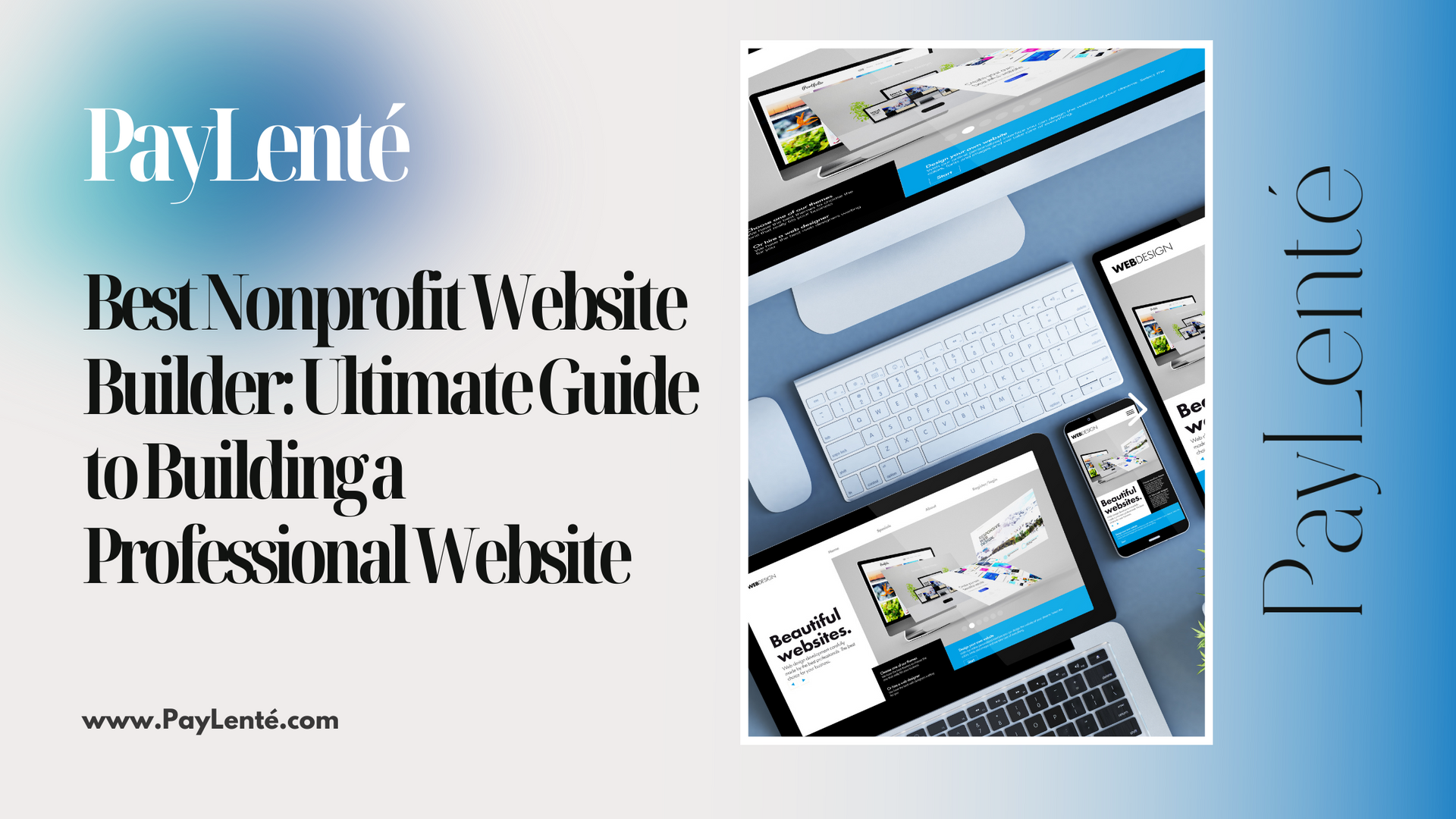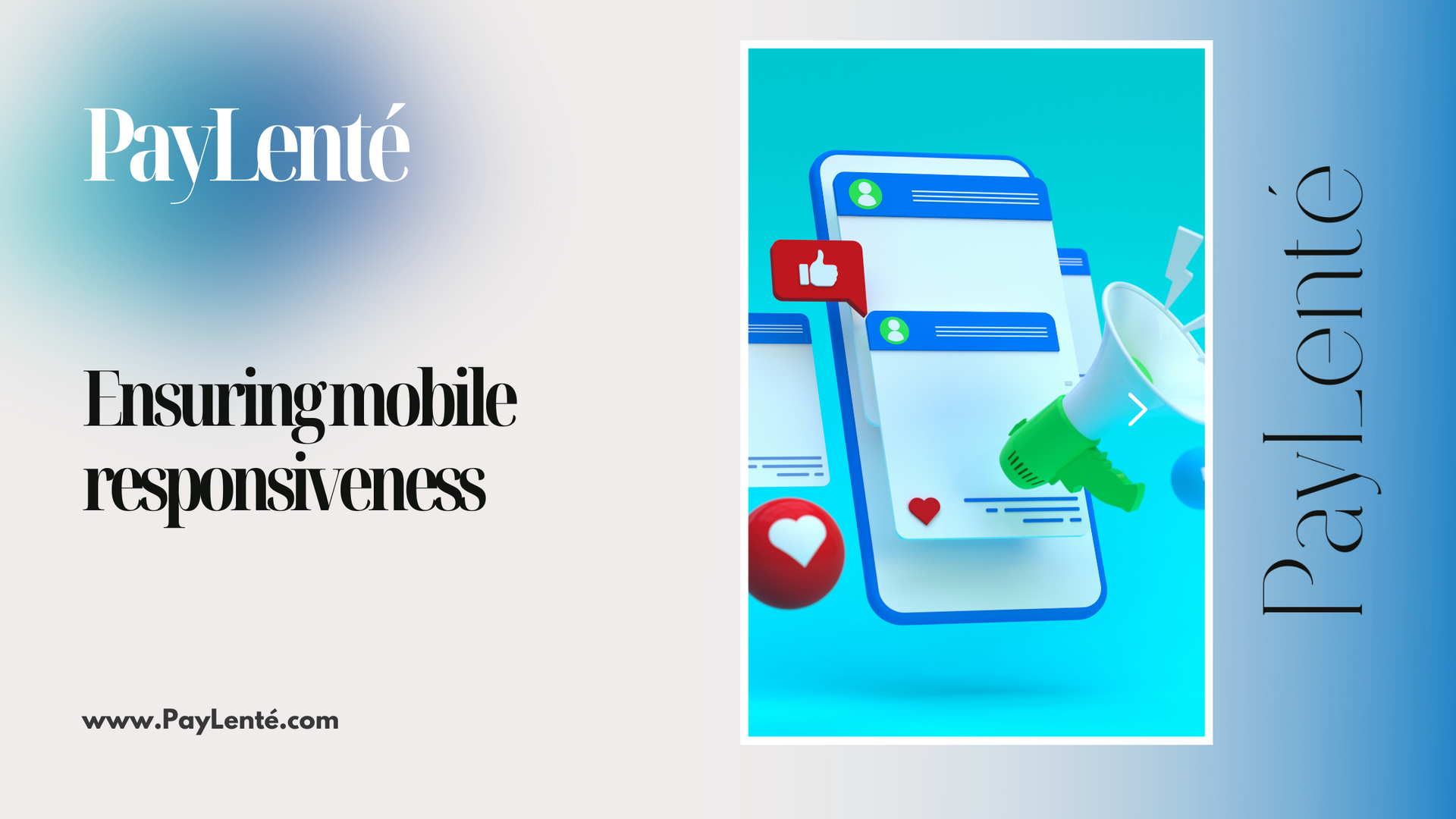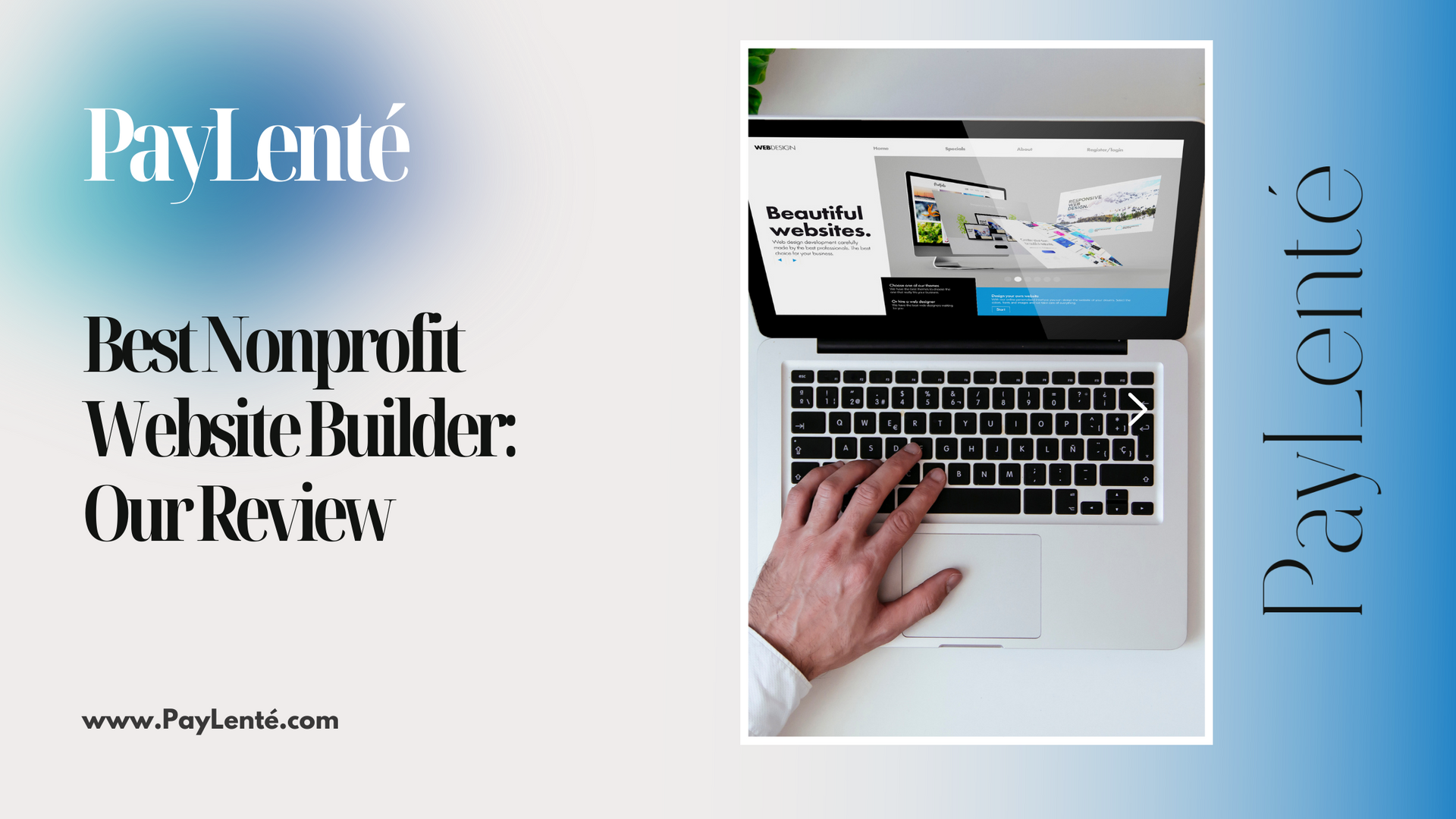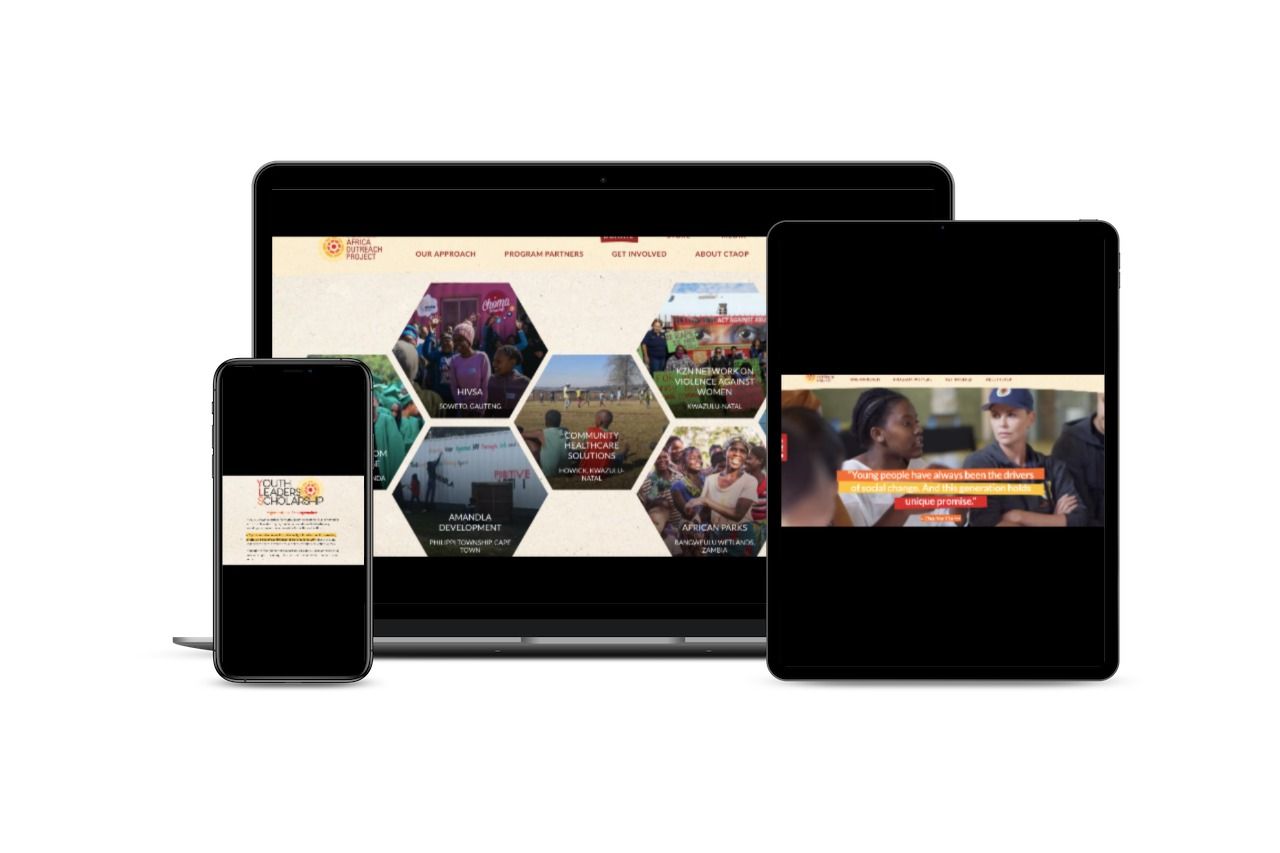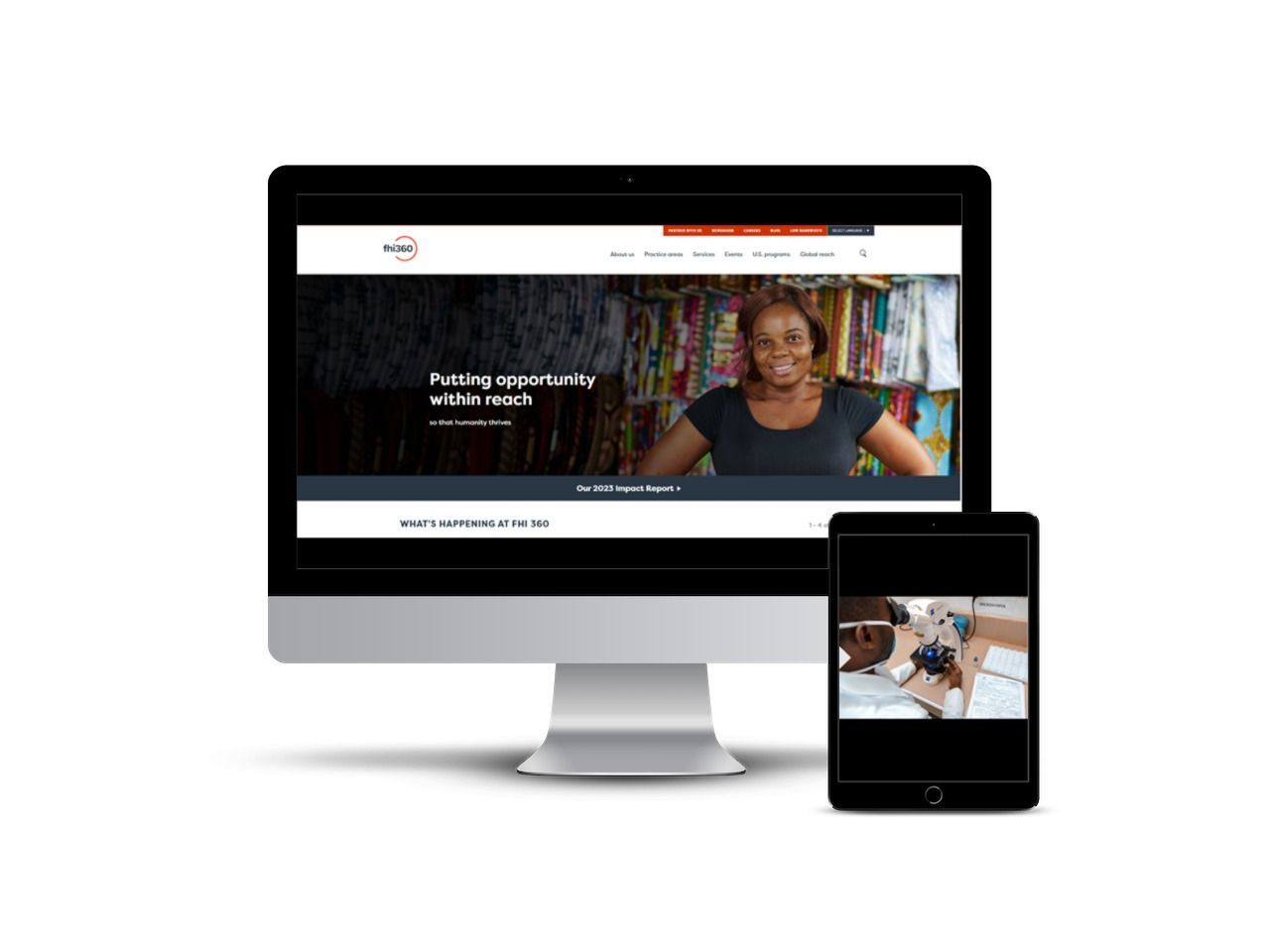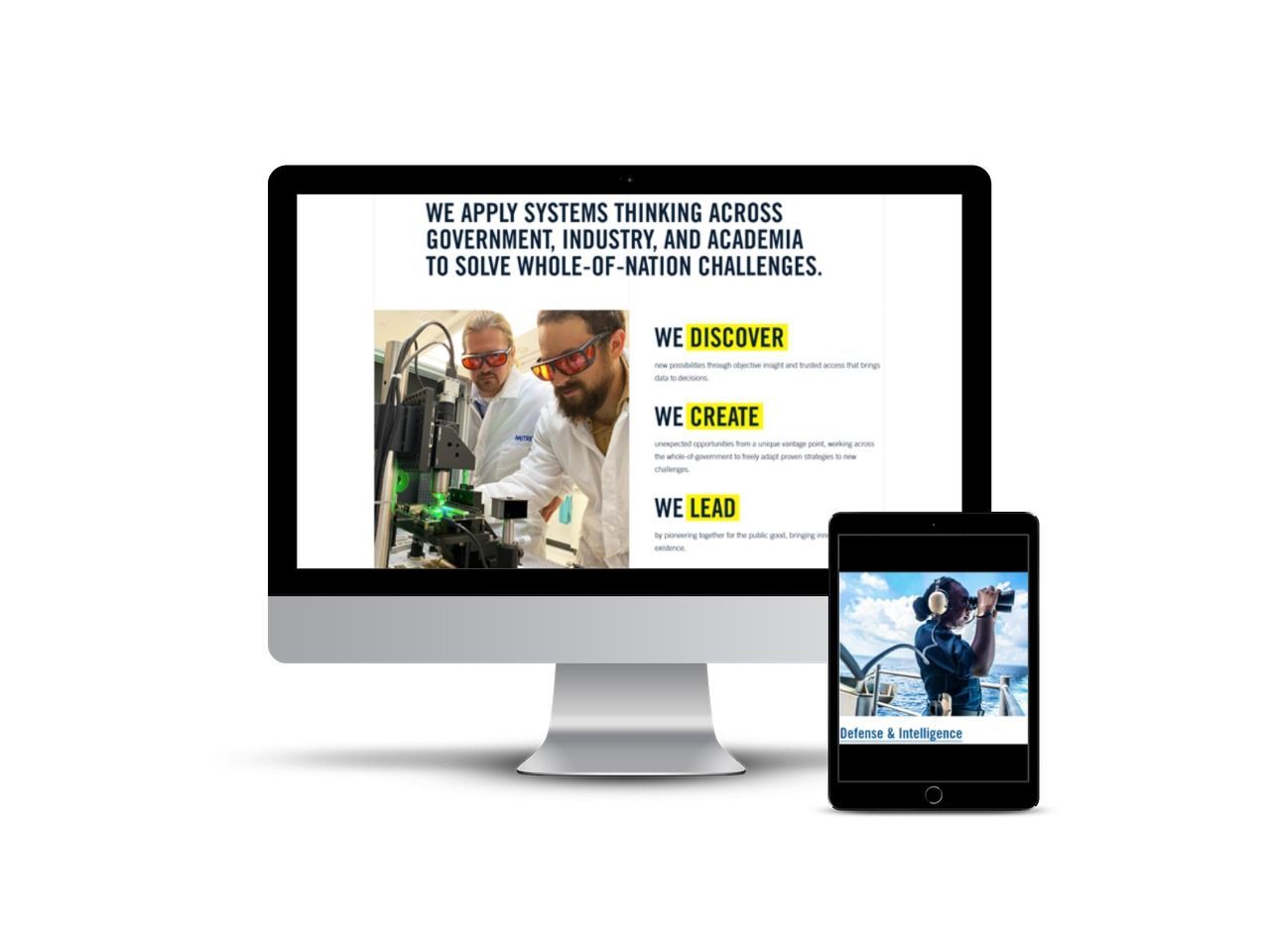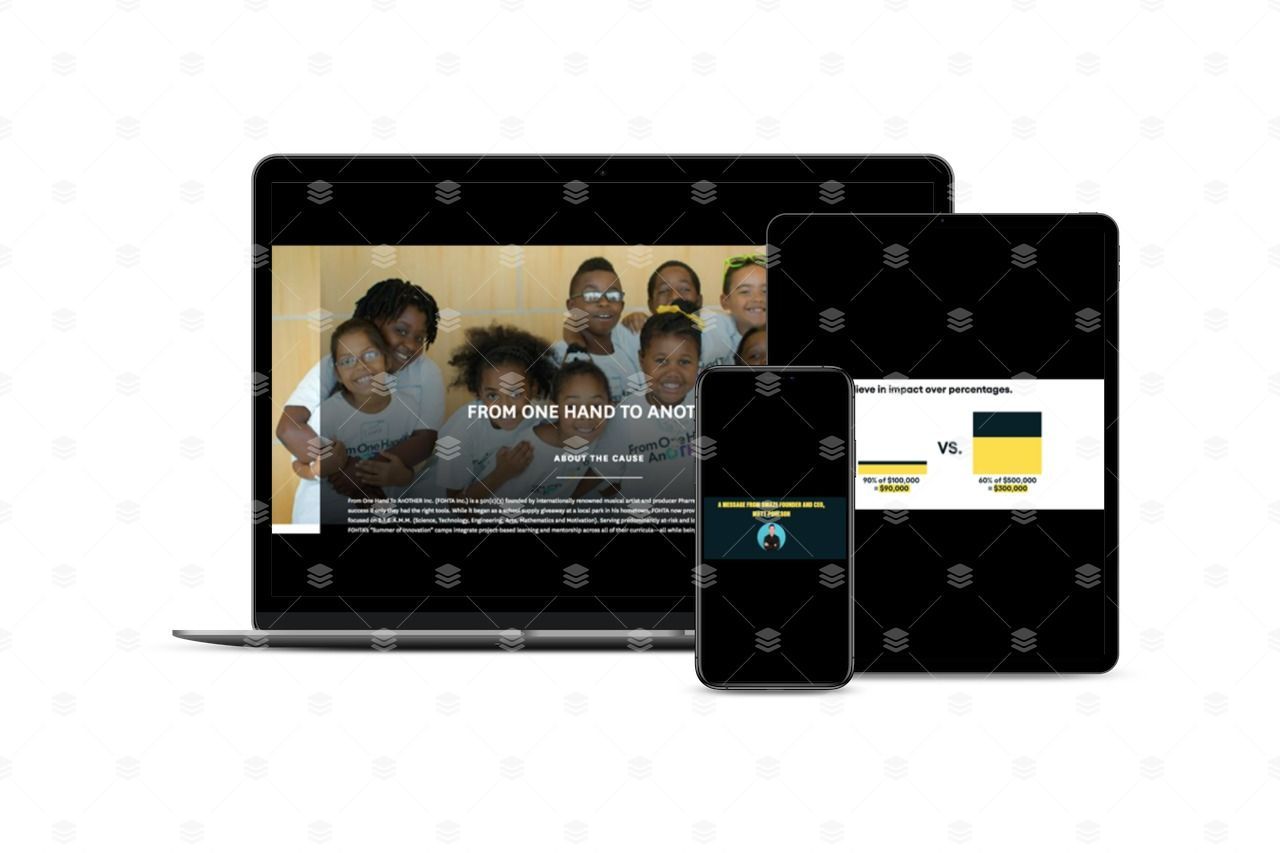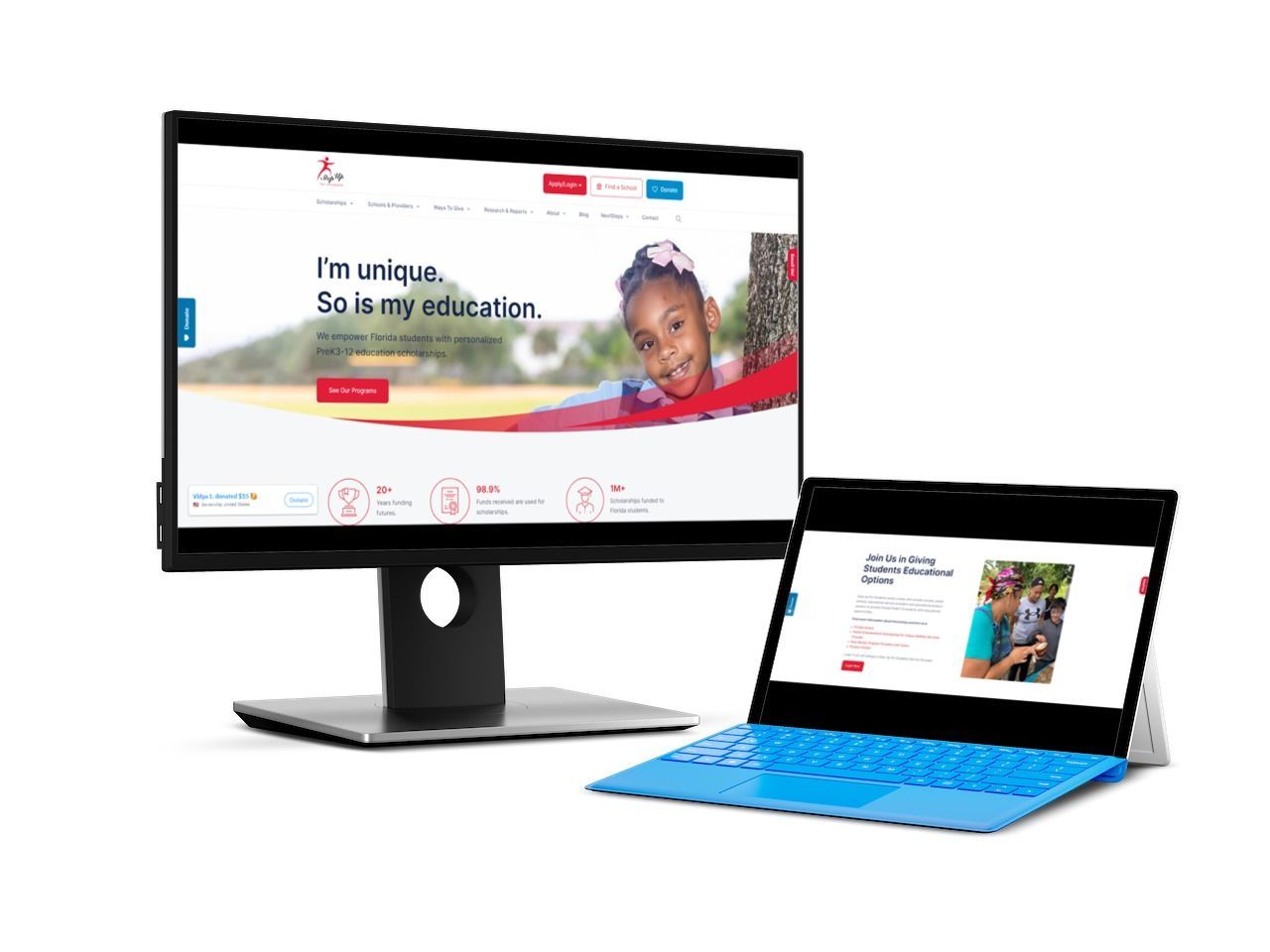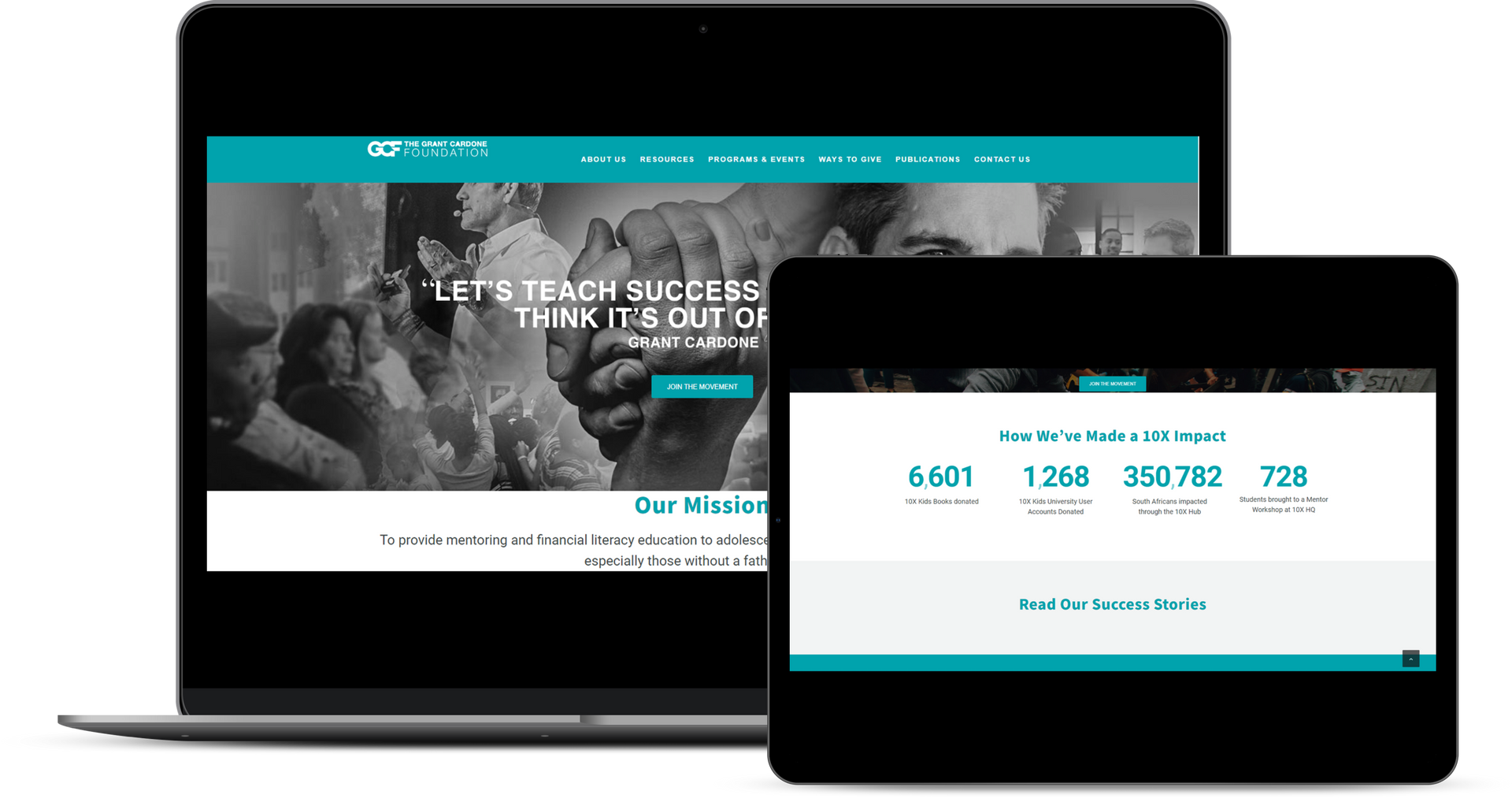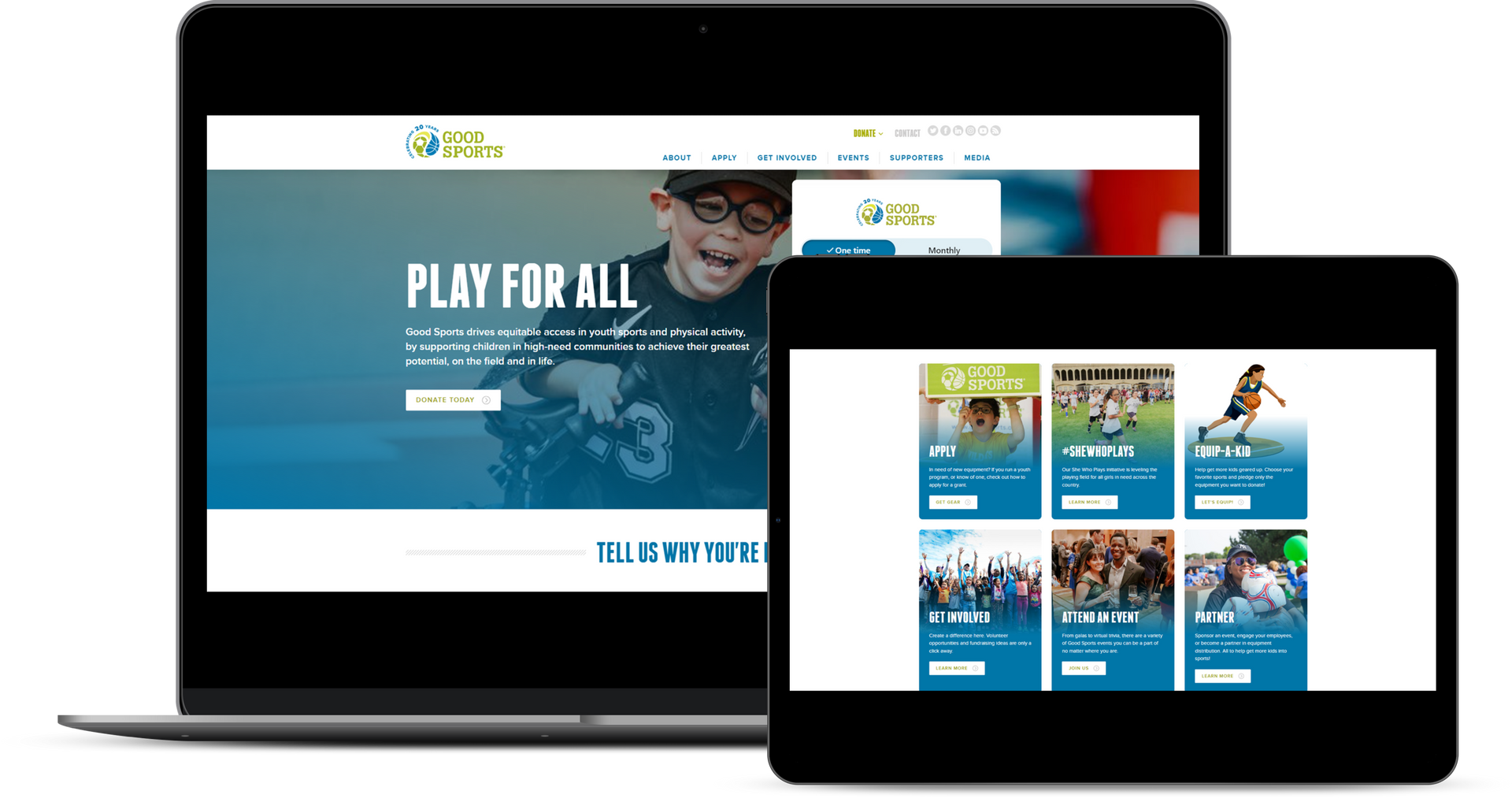Best Nonprofit Website Builder: Ultimate Guide to Building a Professional Website
In this comprehensive guide, brought to you by Nonprofit Course, we will unravel the secrets to building an outstanding nonprofit website.
We'll take you through the essential elements that make a website effective, while highlighting the key factors to consider when choosing the ideal nonprofit website builder.
Plus, we'll introduce you to a powerful affiliate software, Duda.co , that combines intuitive features with impressive customization options, revolutionizing the way nonprofits create their online presence.
Are you ready to take your nonprofit's digital presence to new heights?
Let's dive into the world of best nonprofit website builders and discover how you can create a compelling online platform with the best website builders for nonprofits that drives growth, engages supporters, and maximizes donations. But first, let's explore why having an exceptional nonprofit website is a game-changer in today's competitive landscape.
Step 1. Identifying Your Target Audience
A. Understanding the Nonprofit's Mission and Goals:
Before diving into building a website, it is vital to have a clear understanding of your nonprofit's mission and goals. What is the purpose of your organization?What are the core values and principles that drive your work? By thoroughly comprehending your mission, you can effectively align your website's content and design with the overarching purpose of your nonprofit.
Consider the key aspects of your nonprofit's mission:
- Cause: What social or environmental issue does your organization aim to address?
- Objectives: What specific goals do you want to achieve through your nonprofit organization's work?
- Impact: What kind of impact do you hope to make in the lives of your beneficiaries or the community?
B. Identifying the Target Demographic and Their Needs:
To create an impactful website, you need to identify your target audience—the individuals or groups who are most likely to resonate with your mission and support your cause.Conduct research to gain insights into the demographics, characteristics, and interests of your potential supporters.
Consider the following factors when identifying your target audience:
- Demographics: Age, gender, location, education level, and income are essential demographic factors to consider.
- Interests and Values: What are the interests, values, and beliefs of your target audience? How can your nonprofit organizations align with them?
- Motivations: What drives your target audience to support causes like yours? Understanding their motivations will help you tailor your messaging effectively.
C. Tailoring the Website's Content and Design to Appeal to the Target Audience:
Once you have a clear understanding of your nonprofit's mission and goals and have identified your target audience, it's time to craft a website for your nonprofit that resonates with them.This involves customizing both the content and design elements to create a user-centric experience.
Content:
- Messaging: Develop clear and compelling messaging that conveys your nonprofit's mission, goals, and impact. Use language that resonates with your target audience and inspires action.
- Storytelling: Share impactful stories, testimonials, and case studies that demonstrate the positive change your nonprofit brings about. Storytelling creates an emotional connection with your audience.
- Call-to-Action (CTA): Include prominent and persuasive CTAs throughout your website to encourage visitors to donate, volunteer, or get involved in other ways.
Design:
The visual appeal and usability of your website play a significant role in attracting and retaining your target audience.Consider the following design aspects:
- User-Friendly Navigation: Ensure intuitive navigation that allows visitors to find information easily. Use clear labels and organized menus to guide them through your website.
- Visual Appeal: Choose a visually appealing design that aligns with your nonprofit's brand identity and resonates with your target audience. Use high-quality images and videos to engage and inspire visitors.
- Mobile Responsiveness: Optimize your website for mobile devices, as an increasing number of people access the internet through smartphones and tablets.
Step 2. Defining the Website's Purpose and Goals
A. Determining the Primary Objectives of the Website:
Before embarking on the website-building journey, it is crucial to define the primary objectives that the nonprofit wishes to achieve. Common goals for nonprofit websites include:Raising Awareness:
Building awareness about the organization's cause, mission, and impact is often a primary objective. The website should effectively communicate the nonprofit's purpose, showcase success stories, and provide relevant information to engage visitors.Collecting Donations:
An essential function of many nonprofit organization websites is to encourage and facilitate online donations. The website should make it easy for visitors to understand the organization's financial needs, provide secure donation options, and highlight the impact of their contributions.Volunteer Recruitment:
Nonprofit organizations heavily rely on volunteers to support their initiatives. The website should serve as a platform to attract and engage potential volunteers, outlining the available opportunities, and highlighting the value of their involvement.B. Setting Specific, Measurable Goals for the Website's Performance:
To track the effectiveness of the website and ensure it aligns with the organization's objectives, it is essential to set specific, measurable goals. Examples of such goals include:Increasing Website Traffic:
Monitoring website traffic using tools like Google Analytics can help nonprofits gauge the effectiveness of their marketing efforts. Setting a goal to increase website traffic by a certain percentage over a specific timeframe provides a clear target to work towards.Boosting Conversion Rates:
For donation-oriented websites, tracking the conversion rate is crucial. Setting a goal to increase the percentage of visitors who convert into donors can help measure the website's impact on fundraising efforts.Growing Volunteer Engagement:
If volunteer recruitment is a primary goal, setting a target to increase the number of volunteer sign-ups can be an effective measure of the website's success in attracting and engaging potential volunteers.C. Importance of Clear Calls-to-Action Throughout the Website:
Clear and compelling calls-to-action (CTAs) play a vital role in guiding website visitors towards desired actions. Whether it's donating, signing up as a volunteer, or subscribing to a newsletter, CTAs should be strategically placed throughout the website. Key considerations for effective CTAs include: Visibility and Placement:
CTAs should be prominently displayed, preferably above the fold, where they are immediately visible to visitors. Placing CTAs within relevant content sections and utilizing contrasting colors or design elements can enhance their visibility.Compelling Copy:
The language used in CTAs should be action-oriented, concise, and compelling. It should clearly communicate the benefits of taking the desired action and create a sense of urgency or emotional appeal.User-Friendly Forms:
For donation or volunteer sign-up CTAs, the corresponding forms should be user-friendly, requiring minimal effort from the visitor. A streamlined and intuitive form interface can improve conversion rates.Step 3. Selecting the Right Website Platform
A. Factors to Consider When Choosing a Nonprofit Website Builder
When selecting a nonprofit website builder, there are several important factors to consider. Each organization has unique needs, so it's crucial to choose the best website builder that aligns with your goals and requirements. Here are some key factors to consider:Ease of Use:
Look for the most popular website builders for nonprofit organizations that offer an intuitive interface and user-friendly tools. Nonprofit organizations often have limited resources and may not have a dedicated IT team, so a platform that is easy to navigate and update will save time and effort.Customization Options:
Consider the level of customization the website builder provides. Nonprofit websites should reflect the organization's brand and mission, so having the ability to customize templates, colors, fonts, and layouts is essential.Responsive Design:
In today's mobile-centric world, it's crucial for your nonprofit website to be mobile-friendly and responsive across different devices. Ensure that your paid or free website builder offers responsive design options to provide a seamless user experience.Integration Capabilities:
Check if the website builder integrates with other tools and platforms that your nonprofit uses, such as donation management systems, email marketing services, or event registration platforms. Integration capabilities available in a few website builders for nonprofit organizations will streamline your operations and improve efficiency.Nonprofit-specific Features:
Look for the best nonprofit website builders that offer features specifically designed for nonprofit organizations. These may include donation widgets, volunteer management tools, event calendars, or membership management systems. Such features can enhance your website's functionality and support your nonprofit's objectives.B. Benefits of Duda.co as a Nonprofit Website Builder
Duda.co is a powerful nonprofit website builder that caters to the needs of nonprofit organizations. It is different from other website builders for nonprofits and offers many features and benefits that make it an excellent choice for building a professional nonprofit website. Here are some of the key features and benefits of Duda.co:Drag-and-Drop Interface:
Duda.co provides a user-friendly, drag-and-drop interface that makes it easy to create and customize your nonprofit website. With this website builder designed specifically for nonprofits, you can simply drag and drop elements onto the page, rearrange them, and customize them to match your branding. If you choose a different website builder, you may have to implement your coding knowledge to get a professional looking website.Responsive Templates:
Duda.co web builder offers a wide selection of professionally designed templates that are fully responsive. These templates automatically adapt to different screen sizes, ensuring a seamless experience for your new website visitors across desktops, tablets, and mobile devices.Customization Options:
With Duda.co, you have extensive customization options to make your website unique. You can customize fonts, colors, layouts, and add your organization's logo and branding elements. This level of customization allows you to create a quick and easy website that reflects your nonprofit's identity.Built-in Donation Tools:
Duda.co understands the importance of fundraising for nonprofit organizations, and it provides built-in donation tools to simplify the donation process. You can easily add donation pages, set up recurring donations, and integrate with popular payment processors to collect donations securely. Unlike most website builders, Duda makes creating a good nonprofit website with all the features a hassle-free task with Duda.Integration with Third-Party Tools:
Unlike other site builders, Duda.co integrates seamlessly with various third-party tools that nonprofits often use, such as email marketing platforms, Content Management System, and fundraising platforms. This integration enables you to streamline your operations and automate processes. Apart from building a professional site to accept donations, the customer support team of this nonprofit website builder can help you with issues related to your web hosting provider.Analytics and Tracking:
Duda.co nonprofit website builder provides robust analytics and tracking capabilities, allowing you to monitor your website's performance. With this nonprofit website builder, you can track visitor behavior, measure conversion rates, and gain insights into your website's effectiveness. This data can help you optimize your attractive website and improve your outreach efforts.C. How to Get Started with Duda.co
When it comes to building a professional nonprofit website, Duda.co offers an excellent platform with a variety of features specifically designed for charity and nonprofit organizations. Getting started with Duda.co is a straightforward process that allows you to create an impactful website to raise funds, increase awareness, recruit volunteers, and ultimately achieve your organization's goals. Let's explore the steps to get started with Duda.co:Sign up and Choose the Charity Organization Template:
To begin, visit Duda.co and sign up for an account. Once you've created your account, you'll have access to a range of customizable templates.Unlike many website builders, Duda.co offers a Charity Organization template for nonprofit organizations that is both friendly and upbeat.
This template provides ample space for text, allowing you to describe your projects and goals in detail. Additionally, it encourages you to incorporate photos that convey a human and approachable feeling, which can significantly enhance empathy and connection with your audience.
Customize Your Homepage:
The homepage is the first impression visitors will have of your nonprofit organization. Use this section to highlight the most important information, such as your organization's mission, impact, and current campaigns.With Duda.co's intuitive drag-and-drop editor, you can easily modify the elements of the Charity Organization template and tailor them to fit your organization's branding.
This customization feature ensures your website will be unique and representative of your nonprofit's identity.
Utilize Key Pages and Sections:
Duda.co's Charity Organization template offers pre-built pages and sections that cater specifically to nonprofit organizations. These include:- Autism Page: This page allows you to shed light on the specific issue or problem your organization is addressing. Explain the importance of your cause and share relevant statistics or personal stories to generate empathy and support.
- Become a Volunteer Page: Engage potential volunteers by showcasing the various volunteer opportunities available within your organization. Clearly outline the steps they need to take to get involved and emphasize the impact they can make by dedicating their time and skills.
- About Page: Provide an overview of your nonprofit's history, values, and team members. Use this page to establish credibility and build trust with your audience, inspiring them to contribute to your cause.
- Care & Therapy Pages: Highlight your organization's projects, programs, and initiatives on these pages. Showcase the positive changes you've made and the lives you've impacted, using compelling visuals and success stories.
- News & Events Page: Keep your supporters informed about the latest updates, upcoming events, and campaigns through this dedicated page. Regularly updating this section will keep your website active and encourage visitors to return for new content.
- Contact Page: Make it easy for site visitors to get in touch with your organization by providing a dedicated contact page. Include essential information such as your address, phone number, email address, and social media links. Adding social media sharing buttons increases engagement with your content.
Leverage Additional Features:
Duda.co's Charity Organization template offers a few notable features to enhance the functionality and engagement of your website:- FAQ Section: The template includes an FAQ section, which can be a valuable resource for answering common questions and providing information in advance. This feature allows visitors to find the information they need quickly, saving them time and improving their overall experience on your website.
- Blog: Duda.co recognizes the importance of regularly updating site content and engaging visitors. The included blog feature allows you to create and share articles, news, and insights related to your nonprofit's mission. By utilizing the blog, you can establish your organization as a thought leader, encourage visitor engagement, and provide a deeper understanding of your work.
By following these steps and leveraging the features and customization options provided by Duda.co's Charity Organization template, you can create a professional and impactful website for your nonprofit organization. Remember to continuously update and maintain your website to ensure it remains relevant, informative, and engaging for your audience. Building an effective online presence will play a crucial role in growing your nonprofit, attracting more donations, and making a lasting impact on your cause.
Step 4. Establishing a timeline and milestones
A. Planning the website development process and setting realistic deadlines:
Planning the website development process is a crucial step in ensuring a smooth and efficient creation of your nonprofit website. Start by identifying the key features and functionalities you want to incorporate into your site. This could include donation forms, volunteer registration, event calendars, or storytelling elements.Once you have a clear vision of what you want, you can set realistic deadlines for each stage of the development process, such as designing, content creation, and testing.
Remember to consider factors like the availability of resources, the complexity of the website, and the expertise of your team. By setting achievable deadlines, you can ensure that the development process stays on track and meets the overall project timeline.
B. Breaking down the tasks into milestones and assigning responsibilities:
To effectively manage the development process, it's essential to break down the tasks into smaller milestones. Each milestone represents a significant achievement or completion of a specific stage in the website development.Start by identifying the major components of your website, such as designing the layout, creating content, integrating functionalities, and conducting quality assurance tests. Assign responsibilities to team members based on their skills and expertise, and set deadlines for each milestone.
This approach not only helps you track progress but also ensures that everyone involved understands their roles and responsibilities. Regularly communicate with your team, provide support, and address any challenges that may arise to keep the project moving forward smoothly.
C. Emphasizing the importance of regular updates and maintenance:
Once your nonprofit website is up and running, it's crucial to emphasize the importance of regular updates and maintenance. Websites are dynamic, and technology evolves rapidly, so it's essential to stay current with the latest security patches, software updates, and design trends.Assign someone within your organization or consider outsourcing the maintenance tasks to a reliable web development agency. Regularly update your website's content, including information about your organization's projects, events, and success stories.
Encourage visitor engagement through interactive features and provide avenues for feedback. By prioritizing updates and maintenance, you can ensure that your website remains secure, user-friendly, and aligned with your nonprofit's evolving goals and objectives.
Importance of a Professional Online Presence
A professional online presence instills trust and credibility in your organization, demonstrating that you are dedicated to transparency, professionalism, and making a meaningful impact.
With a compelling website, you can effectively showcase your nonprofit's achievements, share inspiring stories, and highlight the individuals or communities you serve. By investing in a professional online presence, you are not only enhancing your visibility but also opening doors to new opportunities, partnerships, and funding streams that can further propel your nonprofit's growth and success.
Choosing a Domain Name
Consider incorporating your organization's name or a shortened version of it to establish brand consistency. Keep the domain name concise and easy to spell to avoid any confusion for your target audience. Additionally, opting for a domain extension like .org can help convey your nonprofit status. Once you have a few options, conduct a domain name search to check for availability and to ensure it hasn't been trademarked or copyrighted by another organization. Remember, your custom domain name will be the online identity of your nonprofit, so choose wisely to make a lasting impression on your website visitors.
Designing the website layout
Consider a clean and uncluttered design that highlights your organization's mission, goals, and impact. Incorporate relevant visuals such as high-quality images or videos that convey the essence of your nonprofit's work. Utilize a consistent color scheme and font selection that aligns with your brand identity, promoting recognition and professionalism. Remember to optimize your website for mobile devices, as a significant portion of web traffic comes from smartphones and tablets. By designing a well-structured and visually pleasing layout, you can engage visitors, effectively communicate your message, and inspire them to support your nonprofit's cause.
Crafting compelling content
When creating content, focus on providing value and addressing your audience's pain points. Share success stories, testimonials, and real-life examples to illustrate the positive impact of your nonprofit's work. Incorporate visuals such as images, infographics, and videos to enhance the appeal of your content and make it more shareable.
In addition, optimize your content for search engines by using relevant keywords that reflect your nonprofit's mission and activities. This will help improve your website's visibility and attract more visitors. Remember to keep your content concise, clear, and easy to navigate. Use a mix of text, images, and multimedia to maintain the reader's interest. Regularly update your content to keep it fresh and relevant.
Integrating multimedia elements
When choosing multimedia elements for your website, consider the specific goals and messages you want to convey. For example, featuring high-quality images of your nonprofit's work in action can evoke emotions and help potential donors connect with your cause. Similarly, videos can be used to share success stories, showcase testimonials, or provide educational content to raise awareness about the issues you address. Make sure to optimize your multimedia elements for fast loading times without compromising on quality. Compressing images and videos can help ensure a smooth browsing experience for your visitors.
Implementing donation and fundraising features
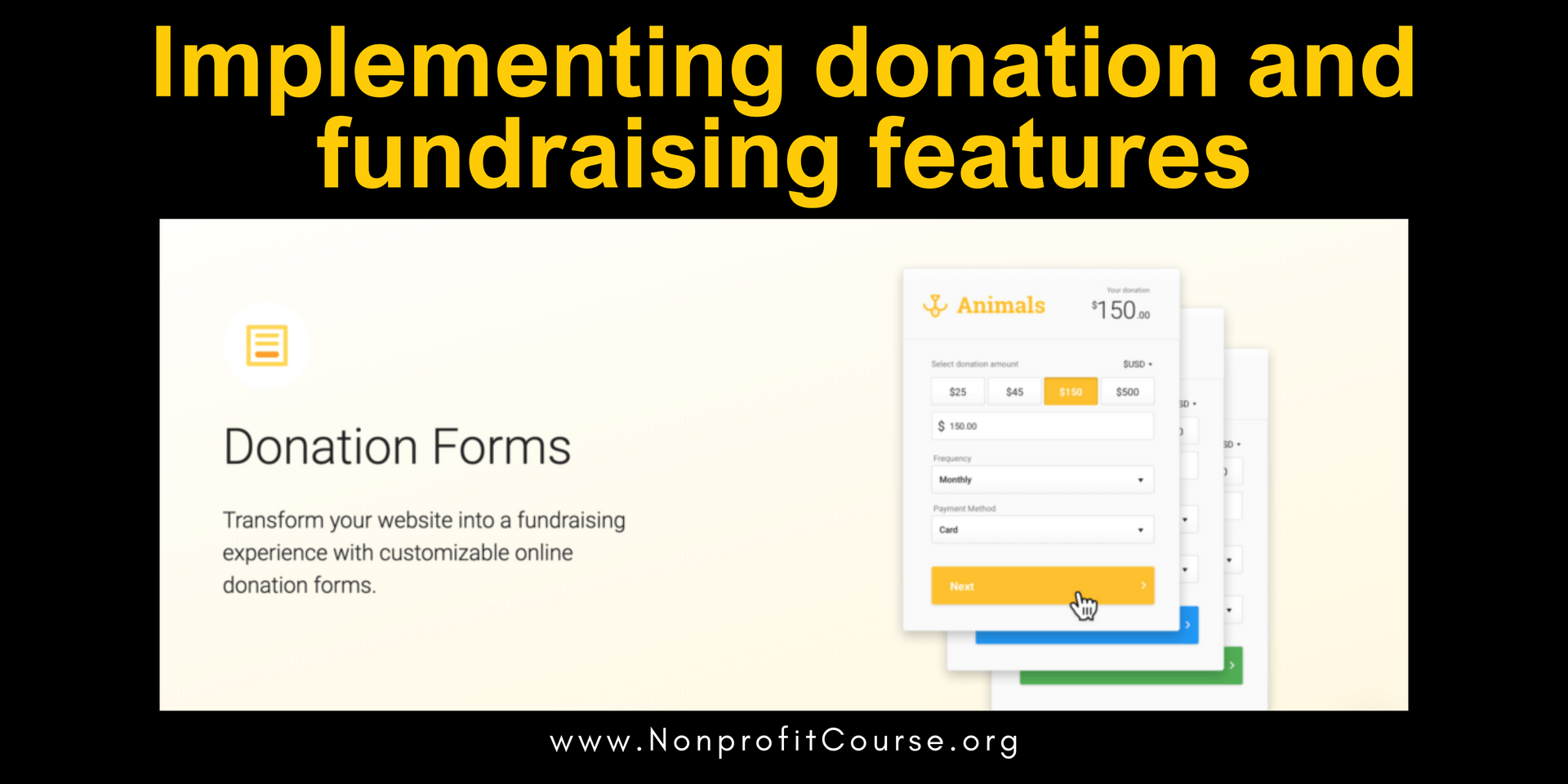
One effective way to achieve this is by utilizing the Duda.co website builder and their "Charity Organization" template. Duda.co offers a range of built-in features specifically designed for nonprofits, including seamless donation integration. You can easily add a donation button or form to your website, allowing supporters to contribute directly. Additionally, Duda.co provides options for setting up recurring donations, creating fundraising campaigns, and tracking donation progress. By implementing these features, you can maximize your nonprofit's online presence and optimize your fundraising potential.
Building an Email List
To build an email list, start by incorporating a prominent signup form on your website. Place it strategically, such as in the header, sidebar, or footer, ensuring it's easily visible to visitors. Keep the form simple, requesting only essential information like name and email address to encourage higher sign-up rates. Offer incentives to motivate visitors to join your email list. Provide exclusive content, such as informative guides, e-books, or relevant resources related to your cause. This can entice individuals to willingly share their email addresses with you. You can also check our email marketing guide for more information.
Ensuring mobile responsiveness
To create a mobile-friendly website, it is essential to choose a nonprofit website builder that offers an online store with responsive design templates. Duda.co, the recommended website builder for nonprofits, provides mobile-responsive templates that automatically adapt to different screen sizes and devices. This ensures that your website looks and functions seamlessly on smartphones, tablets, and other mobile devices. By prioritizing mobile responsiveness, your nonprofit organization can effectively engage with a wider audience, maximize user experience, and increase the chances of converting visitors into donors or supporters.
Optimizing for search engines (SEO)
Incorporate these keywords strategically into your website's content, including titles, headings, and meta descriptions. Focus on creating high-quality, engaging content that provides value to your target audience while incorporating relevant keywords naturally.
Additionally, optimize your website's structure by ensuring clean and user-friendly URLs, organizing content with appropriate headings and subheadings, and utilizing descriptive alt tags for images.
Incorporating internal links within your website's pages can improve navigation and help search engines understand the structure and hierarchy of your content. Lastly, don't overlook the importance of building quality backlinks. Engage in outreach efforts to other reputable websites and organizations in your sector, encouraging them to link back to your nonprofit website. These backlinks not only enhance your website's authority but also improve its visibility in search engine rankings.
Incorporating social media integrations
Additionally, you can incorporate social sharing buttons on your blog posts, articles, and other content to encourage visitors to share your valuable information across their own social networks.
By harnessing the influence of social media, you can amplify your nonprofit's message, attract more supporters, and ultimately drive increased donations to further your cause.
Monitoring website analytics
By regularly reviewing and interpreting this data, you can identify areas for improvement, optimize your website's performance, and ultimately achieve your nonprofit's goals more effectively.
Best Nonprofit Website Builder: Our Review
When it comes to nonprofit website builders, Duda.co stands out as an exceptional choice. Their dedication to empowering nonprofit organizations is evident in their specialized "Charity Organization" template. This template is specifically designed to meet the unique needs of nonprofits, making it easier than ever to create a visually appealing, functional, and impactful website.
Duda.co offers a user-friendly interface and a wide range of customizable features that allow you to tailor your website to suit your organization's branding and goals. The platform's drag-and-drop editor simplifies the nonprofit web design process, even for those without technical expertise. With Duda.co , you can effortlessly incorporate multimedia elements, implement donation and fundraising features, build an email list, and ensure mobile responsiveness.
Moreover, Duda.co's commitment to delivering exceptional customer support ensures that you'll have guidance and assistance at every step of the website building process. Their team understands the unique challenges faced by nonprofit organizations and is dedicated to helping you create a professional looking website that effectively communicates your mission and drives results. Choosing the right nonprofit website builder is crucial for creating a professional online presence for your organization. Unlike other website builders for nonprofits, Duda.co provides the perfect solution with its user-friendly interface, specialized "Charity Organization" template, and comprehensive features. Take advantage of Duda.co and build a powerful website that will elevate your nonprofit, attract more donors, and amplify your impact in the community.
Featured Nonprofits
donate today
Invest Directly to this Nonprofit
Thank you for taking the first step towards transformative giving. Your decision to donate to PayLenté's Best Nonprofit Website Builder: Ultimate Guide to Building a Professional Website. We appreciate your generosity and look forward to sharing more about how your contribution will drive growth, support nonprofits, and provide you with meaningful tax benefits. Your impact starts now, and we'll be in touch shortly to provide you with the information you need to embark on this remarkable journey.

At PayLenté, we believe in the power of strategic investment to drive positive change. As a 501(c)3 nonprofit, we are dedicated to partnering with both nonprofits and businesses to create a better world together. Our unique approach combines philanthropy, investment, and digital marketing to amplify impact and transform lives.
Pages
Contact Us: Info@Paylente.com
Subscribe to our newsletter
Join our newsletter to stay updated about investment opportunities and featured nonprofits.
All Rights Reserved | PayLente

